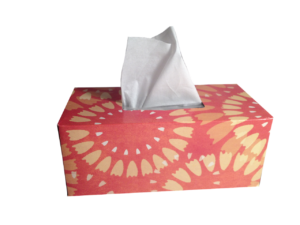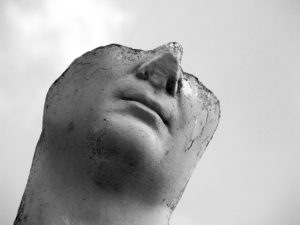Mouth Parts – Episode 101

Mouth Parts
Lips: They are red due to blood flow. They have lots of nerve ending so they can be very sensitive. Our lips are used to manipulate food as we eat and make sounds as part of our speech.
* The Divot above the center of your upper lip is called the philtrum.
Gums: They are also known as the gingiva. Even though they are wet and look fleshy, healthy gums are quite resilient.
Teeth: They are used for chewing, and possibly as a tool. Healthy teeth and gums seal together tightly to keep out invaders. We will talk about teeth in a separate episode.
Tongue: It is a muscular organ made up of many muscles and nerve endings. It just happens to be an organ that we can voluntarily move around. We use our tongue to manipulate food and to make sounds for speech. And, of course, it is covered in taste buds. We will cover all of this in a separate episode.
Hard Palate: A flesh-covered bone that connects the upper teeth. Our tongue will smash food against it when we eat and use to make certain sounds in speech.
Soft Palate: It is a muscle behind the hard palate and it moves up to close off the nose when we swallow and sneeze. It also interacts with the back of the tongue to make certain sounds when we talk.
Palatoglossal arch: It marks the front edge of the soft palate.
Palatopharyngeal arch: It makes the back edge of the soft palate and the end of the “mouth”.
Salivary Glands
Parotid glands: The largest salivary glands are located by your jaws, below your ears.
Submandibular glands: They are located under the jaw and back molars
Sublingual glands: They are located under the tongue, behind your chin.
~1000 of mini glands: They cover the buccal (cheek) tissue, soft palate, uvula, and tongue to keep everything moist. This is what allows the inside of the mouth to be known as a mucous membrane.
Sublingual papilla: This is the folds of skin under the tongue. This area contains many blood vessels close to the surface. Medicine development has learned this is a great place for medication absorption directly into the bloodstream.
Palatine raphe (ray-fee): This is the seam down the middle of the hard palate.
Frenula: Plural for frenulum. These are folds of skin that connect one place to the other. You have three: for your upper lip, lower lip, and tongue.
Uvula: Latin for “small bunch of grapes”. It is attached to the soft palate and contains a gag reflex trigger. It is also involved in snoring if it dries out.
Callback
Connect with me
Support us on Patreon
Join the Pharmacist Answers Podcast Community on Facebook
Subscribe: iTunes, Stitcher, GooglePlay, TuneIn Radio
Music Credits: Up In My Jam (All Of A Sudden) by – Kubbi https://soundcloud.com/kubbiCreative Commons — Attribution-ShareAlike 3.0 Unported— CC BY-SA 3.0 http://creativecommons.org/licenses/b…Music provided by Audio Library https://youtu.be/tDexBj46oNI








